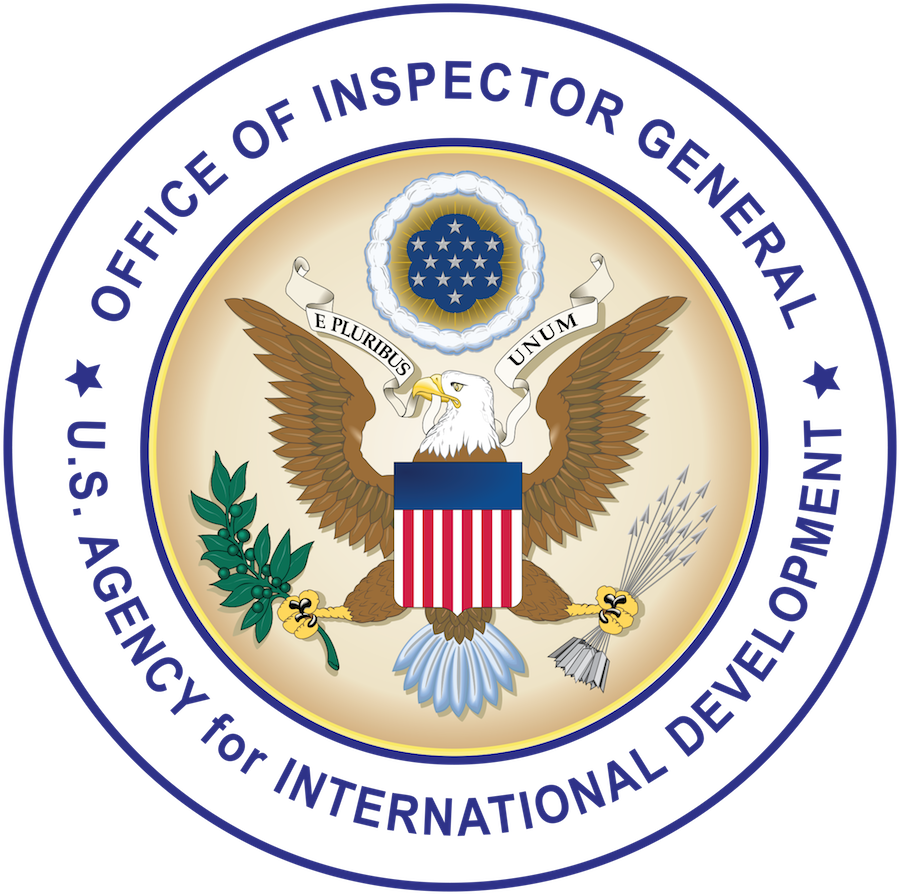Enhanced Guidance and Practices Would Improve USAID’s Transition Planning and Third-Party Monitoring in Iraq
Recommendations
Develop and implement guidance for its Disaster Assistance Response Team and Response Management Team to prepare annual implementation plans, including specific guidance for exit or transition from humanitarian assistance.
Develop and implement a process to improve coordination between humanitarian assistance and stabilization programs.
Develop a process for reviewing implementer transition plans for adherence to requirements prior to approving proposals.
Develop and implement a process with defined roles and responsibilities to track and respond to findings raised by third-party monitors, including actions undertaken by the implementer.
Develop and implement a process to track and respond to findings raised by third-party monitors, including actions undertaken by the implementer.
